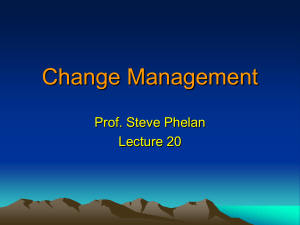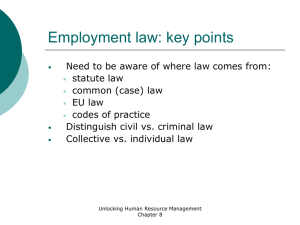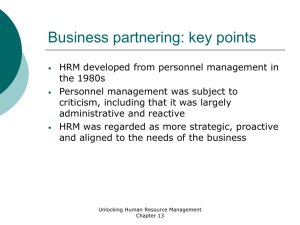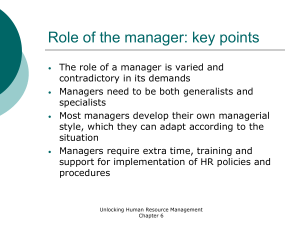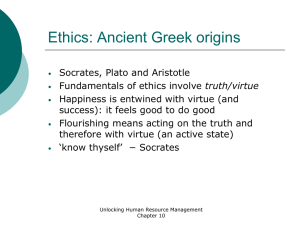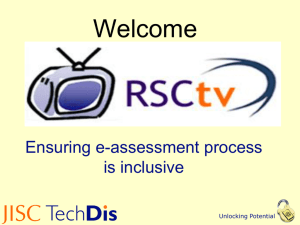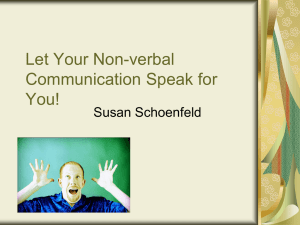Silence as non-verbal communication
advertisement
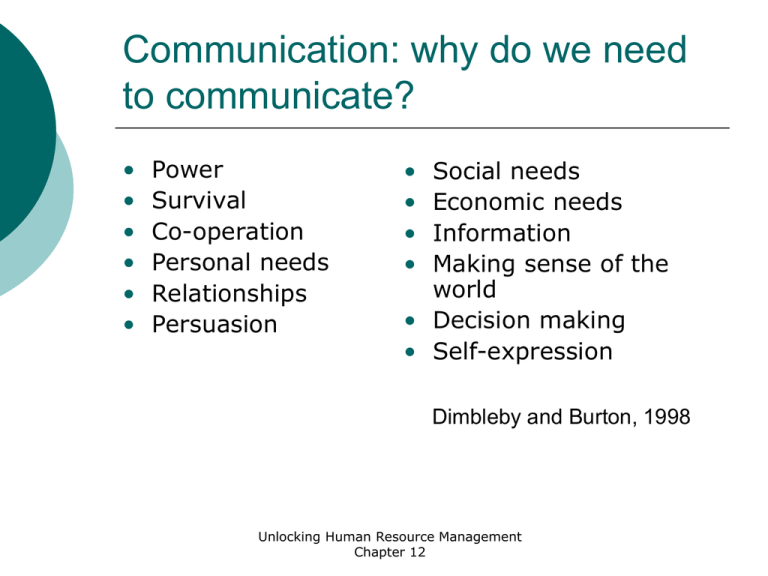
Communication: why do we need to communicate? • • • • • • Power Survival Co-operation Personal needs Relationships Persuasion • • • • Social needs Economic needs Information Making sense of the world • Decision making • Self-expression Dimbleby and Burton, 1998 Unlocking Human Resource Management Chapter 12 Types of communication • Synchronous: happening at the same time (e.g. conversation, telephone call, one-to-one meeting, presentation) • Asynchronous: indirect/delay on delivery (e.g. report, email, text message) Unlocking Human Resource Management Chapter 12 Theoretical concepts: models of communication The Shannon and Weaver model • Communication includes five elements • Encoder: when you communicate you have a particular purpose in mind • Decoder: source needs encoder to translate; receiver needs a decoder to retranslate • Senders and receivers must use similar systems or else information is without meaning Source Encoder Signal Decoder Unlocking Human Resource Management Chapter 12 Destination Theoretical concepts: models of communication Berlo (1960s) • Medium aware • Transmission model: source-message-channelreceiver Carey (1975; 2006) • Context aware • Rituals and social context of the message important • e.g. away days, water cooler conversations, meetings Unlocking Human Resource Management Chapter 12 Theoretical concepts: models of communication Galloway and Thacker (2007) • Interaction between communicators Argenti (2003) • Strategic approach: spin/manipulating the message Li and Roloff (2004) • Strategic negativity Unlocking Human Resource Management Chapter 12 Non-verbal communication • Context specific • Symbols and artefacts are drawn on (LeBaron, 2003) • Only 7% of communication is speech (Mehrabian, 1967) • Negative delivery of positive information is upsetting for receiver, whereas positive delivery of negative information does not upset (Dasborough, 2006) Unlocking Human Resource Management Chapter 12 Non-verbal communication Silence as non-verbal communication • Acquiescent: compliant • Defensive: fear or self-protection • Prosocial: to protect others (Van Dyne et al, 2003) Body language • Visual memory is accessed as the eyes move up (eyes move to the right for remembered memory and to the left for creative memory (e.g. lies)) • Engaged: person is visibly listening • Disengaged: disinterested or distancing Unlocking Human Resource Management Chapter 12 Communication and culture • • • There are cultural differences in preferred information styles (LeBaron, 2003) High-context culture: a culture with many rules; implicit understanding of nuances and etiquette required Low-context culture: little background knowledge required to understand rules; explicit Unlocking Human Resource Management Chapter 12 Work and communication: appraisal • Communication is at the heart of the appraisal process (DeNisi and Pritchard, 2006) • Sharing standards in advance to establish ground rules (Grote, 2002) • The appraisal should be a two-way communication process (Losyk, 2002) • Goals should be set together to ensure greater success in reaching targets (Latham and Latham, 2000) • In a 2009 CIPD survey managers were rated poorly by their employees Unlocking Human Resource Management Chapter 12 Learning summary By the end of this chapter you should: • Understand the purpose of communication • have an overview of communication theory and theoretical models of communication • Understand the role of non-verbal communication • Appreciate the relevance of communication to HRM • Understand international challenges Unlocking Human Resource Management Chapter 12
